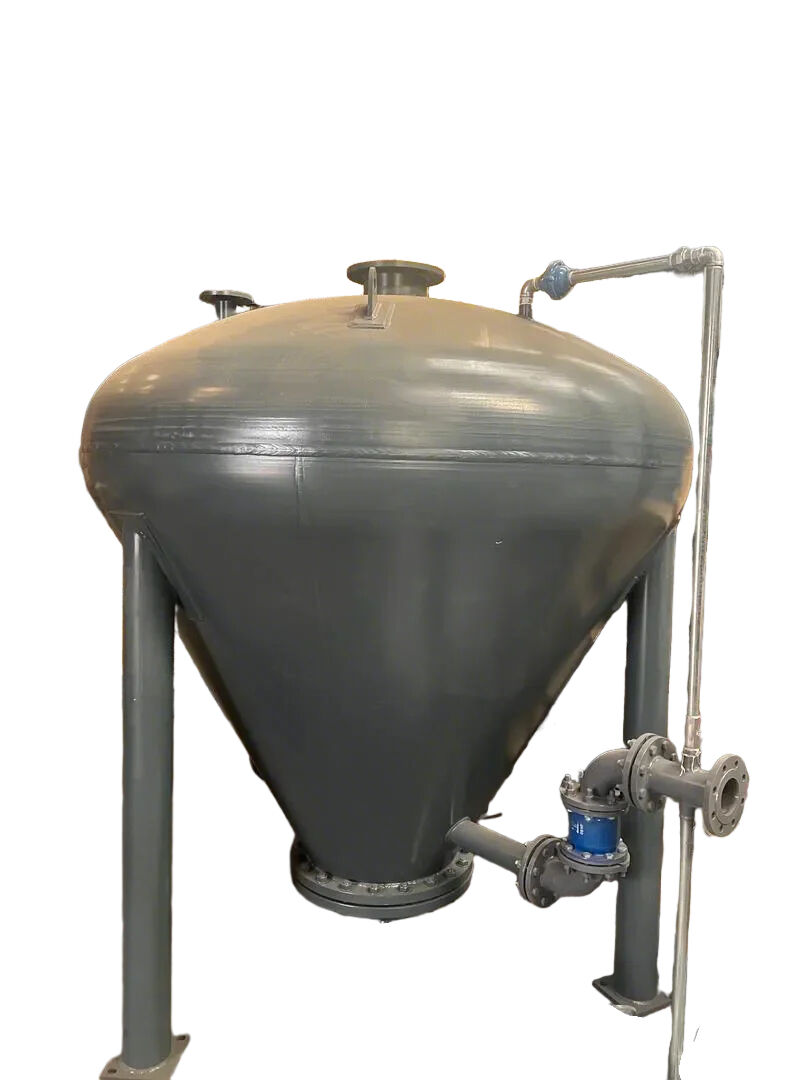Understanding the Power of Modern Pneumatic Technology in Manufacturing
In today's rapidly evolving industrial landscape, a pneumatic system serves as the backbone of efficient factory automation. By harnessing the power of compressed air, these sophisticated systems drive countless manufacturing processes, from material handling to precision assembly operations. The integration of pneumatic technology has revolutionized how factories operate, offering unparalleled flexibility, cost-effectiveness, and reliability in automated production environments.
Modern manufacturing facilities rely heavily on pneumatic systems to achieve optimal performance and maintain competitive advantages in an increasingly demanding market. These systems utilize compressed air to generate mechanical motion, providing clean, efficient, and precise control over various industrial applications. As we delve deeper into the world of pneumatic automation, we'll explore how these systems transform manufacturing operations and drive industrial excellence.
Core Components and Architecture of Industrial Pneumatic Systems
Essential Components for Efficient Operation
At the heart of every pneumatic system lies a network of carefully engineered components working in perfect harmony. The air compressor serves as the primary power source, converting electrical energy into potential energy stored in compressed air. This compressed air travels through a series of filters and regulators, ensuring clean and consistent pressure throughout the system.
Directional control valves manage the flow of compressed air, while actuators convert this air pressure into mechanical motion. Precision sensors and electronic controls monitor and adjust system parameters in real-time, maintaining optimal performance levels. These components work together seamlessly to create a robust and reliable automation solution.
System Integration and Control Architecture
Modern pneumatic systems incorporate sophisticated control architectures that seamlessly integrate with broader factory automation networks. Programmable Logic Controllers (PLCs) coordinate multiple pneumatic components, ensuring synchronized operation across the production line. Advanced monitoring systems provide real-time feedback, allowing for precise control and immediate response to changing conditions.
The integration of smart sensors and IoT capabilities enables predictive maintenance strategies, reducing downtime and optimizing system performance. This interconnected approach ensures that pneumatic systems remain both efficient and adaptable to evolving production requirements.

Benefits and Advantages in Manufacturing Processes
Enhanced Operational Efficiency
Implementing a pneumatic system dramatically improves manufacturing efficiency through various mechanisms. The quick response times and high-speed operation capabilities enable faster production cycles, while the system's inherent flexibility allows for rapid process adjustments. These systems excel in repetitive tasks, maintaining consistent performance levels throughout extended operating periods.
The simplified maintenance requirements and long service life of pneumatic components contribute to reduced downtime and lower operational costs. Additionally, the ability to precisely control force and speed applications ensures optimal energy utilization across different production scenarios.
Cost-Effectiveness and ROI Considerations
The financial benefits of pneumatic automation extend far beyond initial implementation costs. These systems offer excellent return on investment through reduced labor costs, improved production quality, and decreased maintenance expenses. The modular nature of pneumatic components allows for scalable solutions that can grow with manufacturing needs.
Energy efficiency improvements and reduced waste contribute to lower operational costs, while the robust nature of pneumatic technology ensures long-term reliability. When properly maintained, these systems can operate efficiently for many years, providing sustained value to manufacturing operations.
Implementation Strategies and Best Practices
System Design and Planning
Successful implementation of a pneumatic system begins with comprehensive planning and design considerations. Engineers must carefully analyze production requirements, space constraints, and environmental factors to develop optimal system configurations. This includes proper sizing of components, efficient layout design, and integration with existing automation infrastructure.
Careful attention to air quality requirements, pressure specifications, and safety considerations ensures reliable system performance. The design phase should also account for future expansion possibilities and potential process modifications to maintain long-term flexibility.
Maintenance and Optimization Protocols
Regular maintenance and optimization procedures are crucial for maximizing the benefits of pneumatic automation. This includes scheduled inspections of key components, monitoring of air quality and pressure levels, and prompt replacement of worn parts. Implementing predictive maintenance strategies helps prevent unexpected downtime and ensures consistent system performance.
Training maintenance personnel in proper diagnostic and repair procedures ensures quick resolution of any issues that arise. Additionally, ongoing system optimization efforts can identify opportunities for improved efficiency and reduced operating costs.
Future Trends and Technological Advancements
Smart Manufacturing Integration
The evolution of pneumatic technology continues to align with Industry 4.0 principles, incorporating advanced digital capabilities and smart features. Modern systems increasingly utilize artificial intelligence and machine learning algorithms to optimize performance and predict maintenance needs. This integration with smart manufacturing concepts enables more sophisticated control and monitoring capabilities.
The development of smart pneumatic components with built-in diagnostics and communication capabilities further enhances system efficiency and reliability. These advancements contribute to more flexible and adaptive manufacturing processes, capable of responding to changing production requirements in real-time.
Sustainable Solutions and Energy Efficiency
Environmental considerations are driving innovations in pneumatic system design, with a focus on energy efficiency and sustainable operation. New technologies enable better compression efficiency, reduced air consumption, and improved energy recovery capabilities. These developments help manufacturers meet increasingly stringent environmental regulations while reducing operational costs.
The integration of renewable energy sources and smart energy management systems further enhances the sustainability of pneumatic automation solutions. This focus on environmental responsibility ensures that pneumatic systems remain viable and valuable in the future of manufacturing.
Frequently Asked Questions
What are the primary maintenance requirements for a pneumatic system?
Regular maintenance includes checking air filters, inspecting seals and connections, monitoring air quality, and ensuring proper lubrication of moving components. It's recommended to perform comprehensive system inspections quarterly and implement a preventive maintenance schedule based on usage patterns and manufacturer recommendations.
How can pneumatic systems improve energy efficiency in manufacturing?
Pneumatic systems improve energy efficiency through precise pressure control, optimized component sizing, leak detection and prevention, and the use of energy recovery systems. Modern systems also incorporate smart controls that adjust air pressure and flow based on actual demand, reducing unnecessary energy consumption.
What factors should be considered when sizing a pneumatic system?
Key considerations include required force and speed specifications, duty cycle requirements, available plant air supply, environmental conditions, and future expansion needs. It's essential to account for pressure drops across the system and ensure adequate capacity for peak demand periods while maintaining efficient operation during normal production.
Table of Contents
- Understanding the Power of Modern Pneumatic Technology in Manufacturing
- Core Components and Architecture of Industrial Pneumatic Systems
- Benefits and Advantages in Manufacturing Processes
- Implementation Strategies and Best Practices
- Future Trends and Technological Advancements
- Frequently Asked Questions

